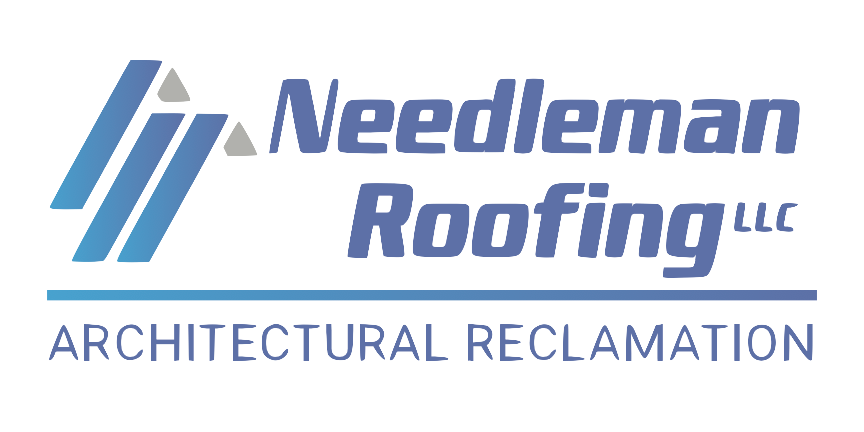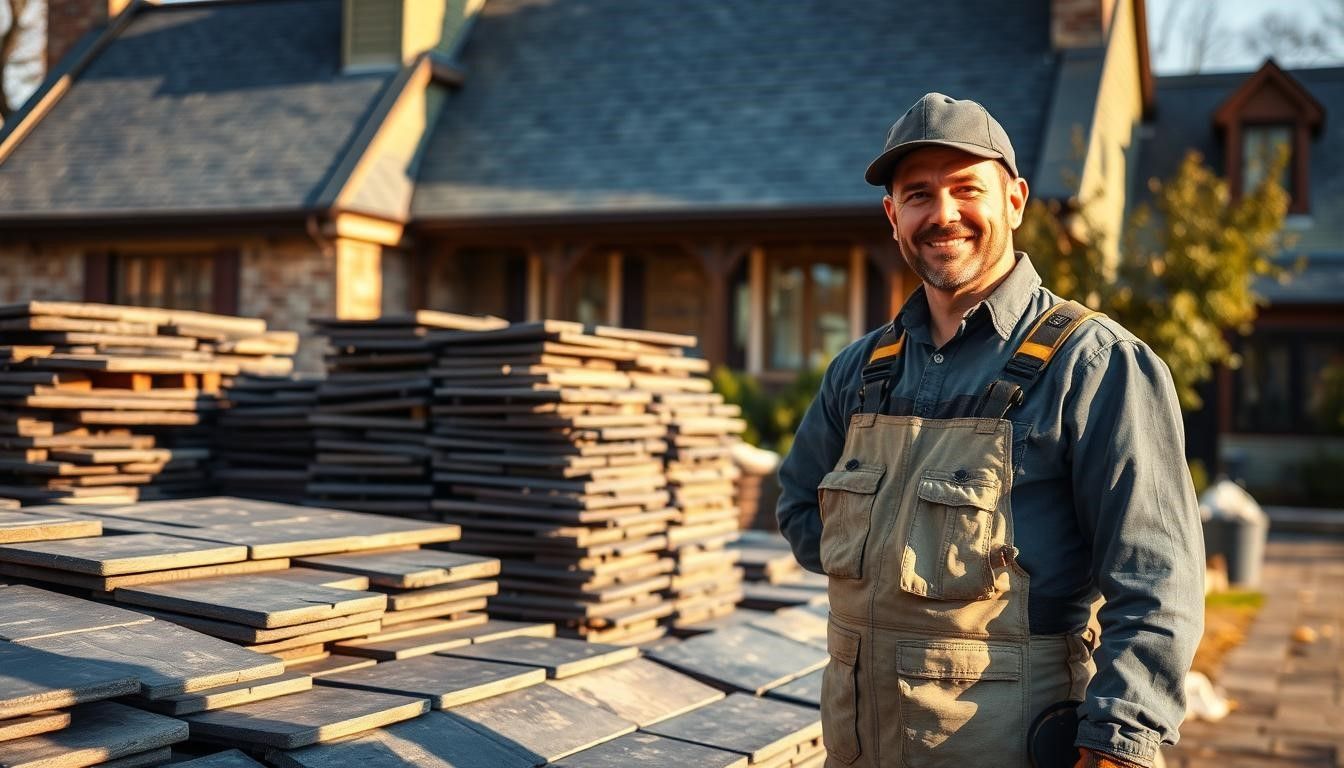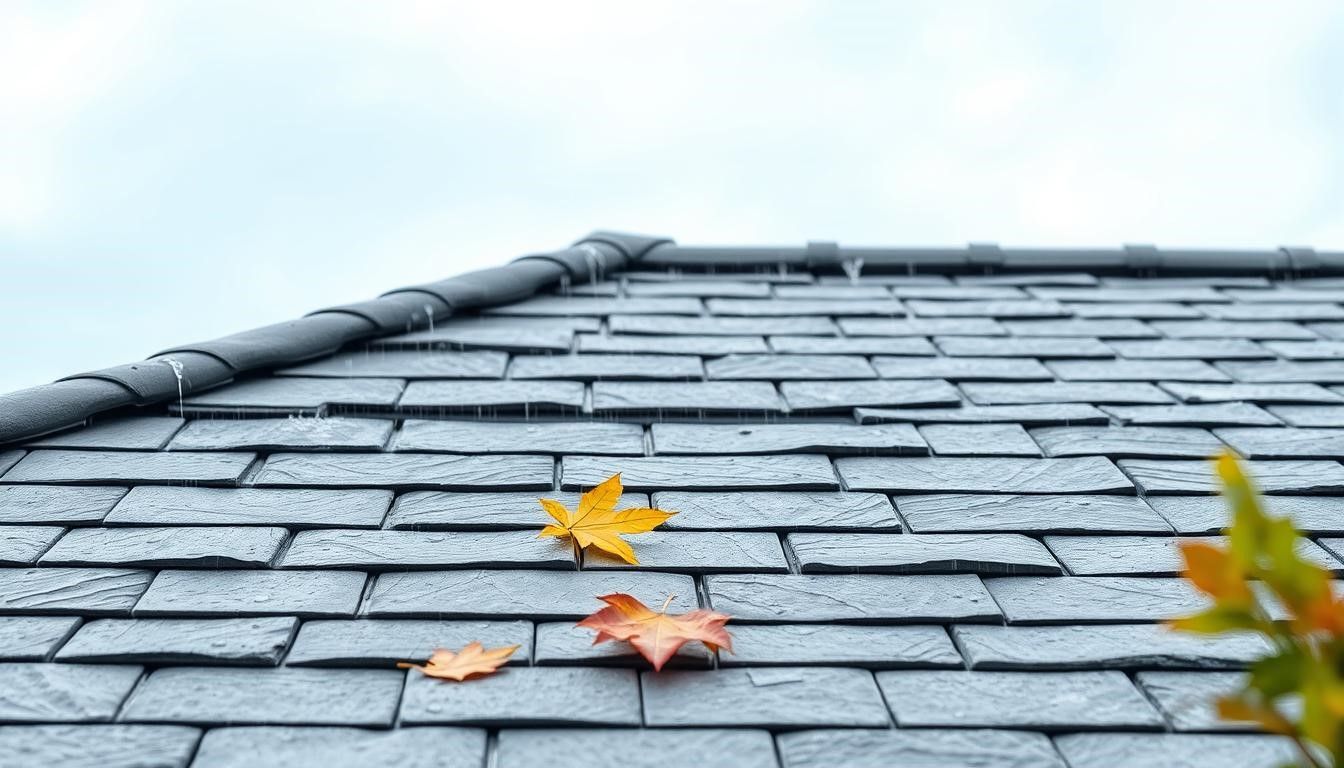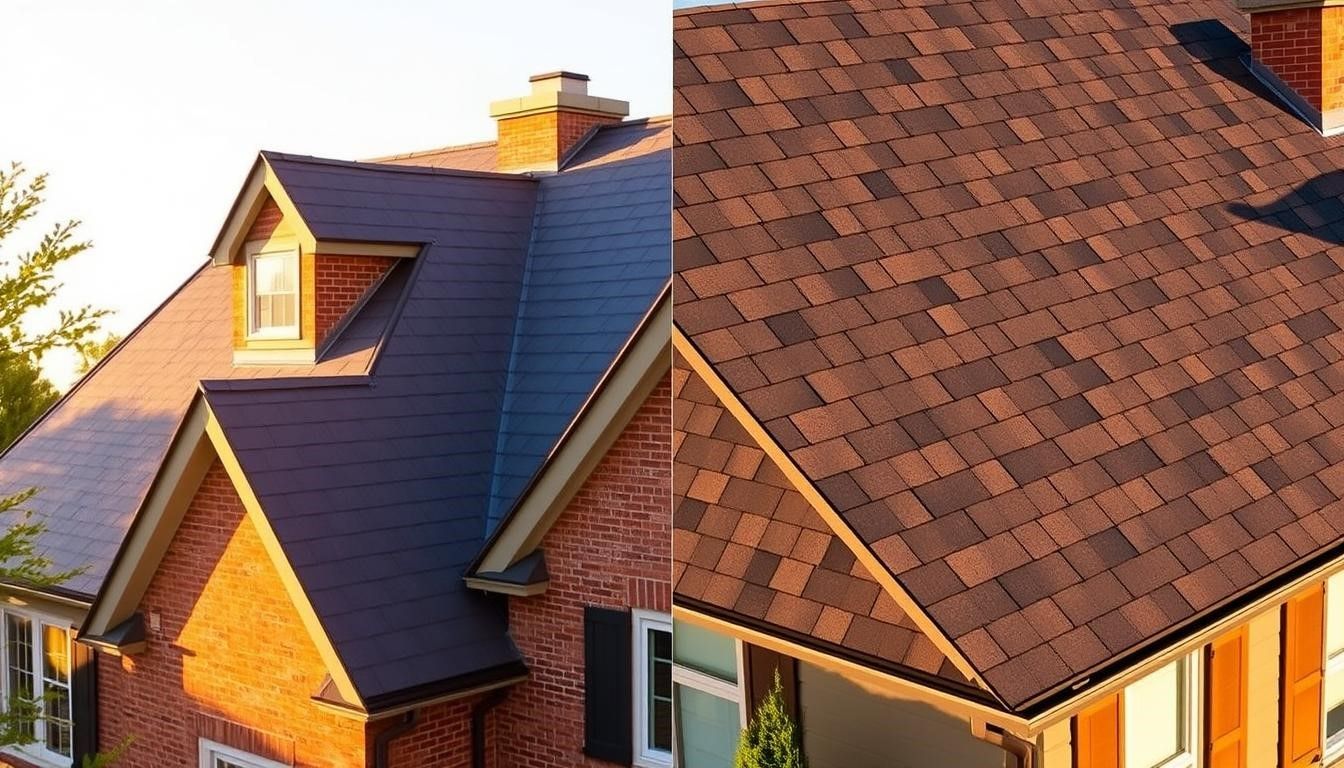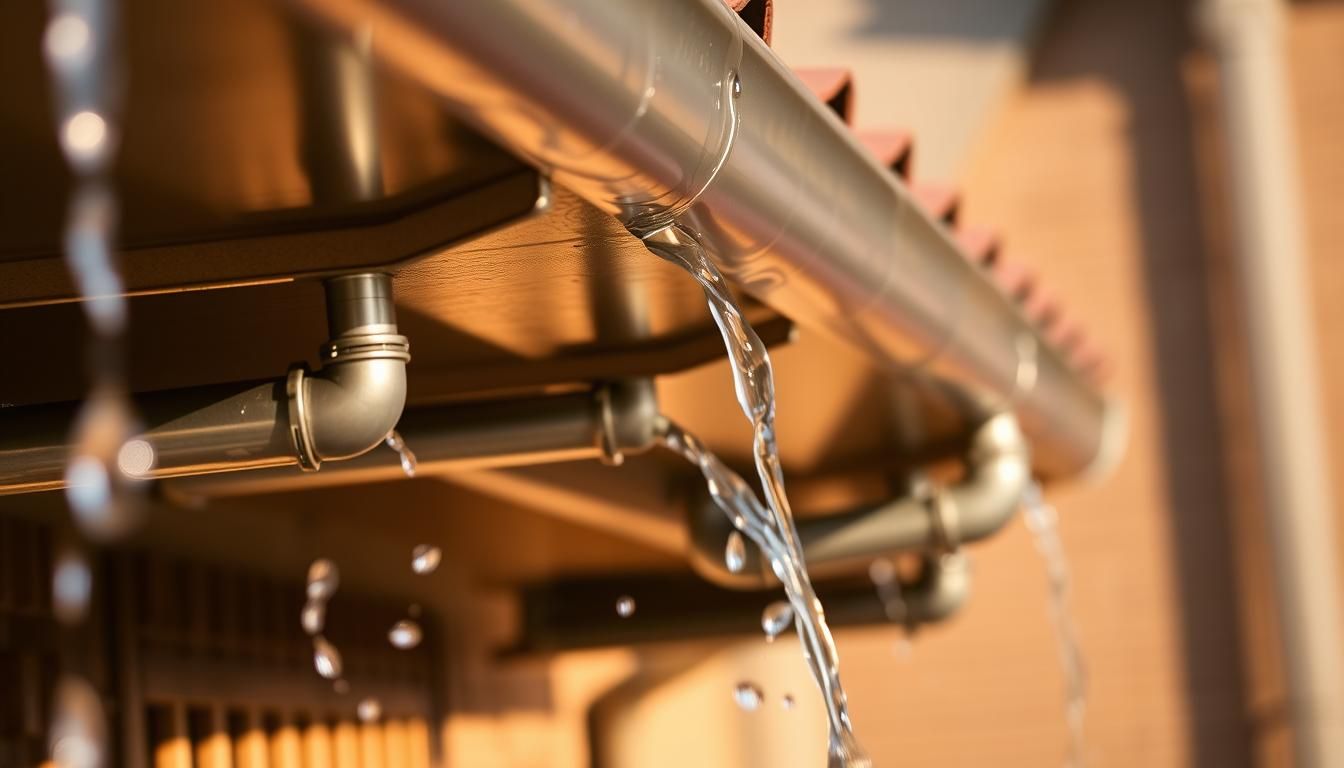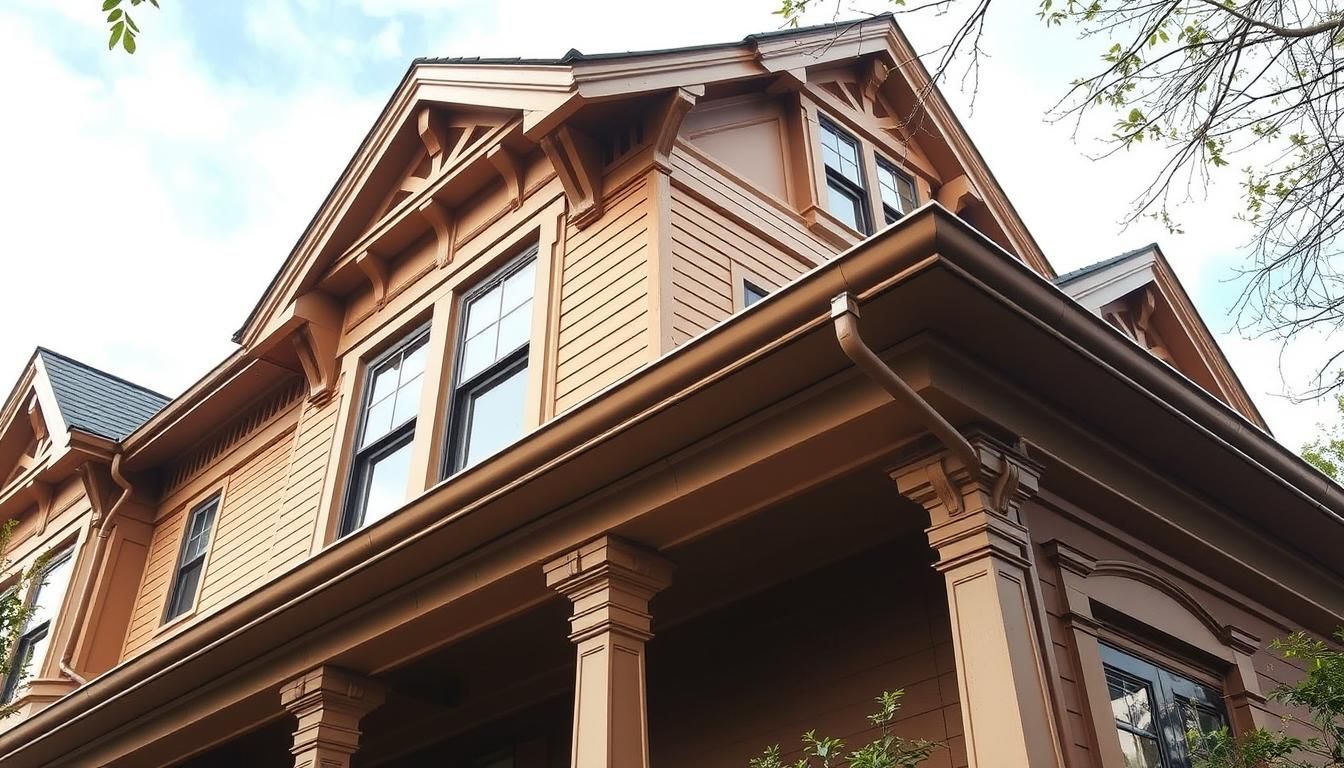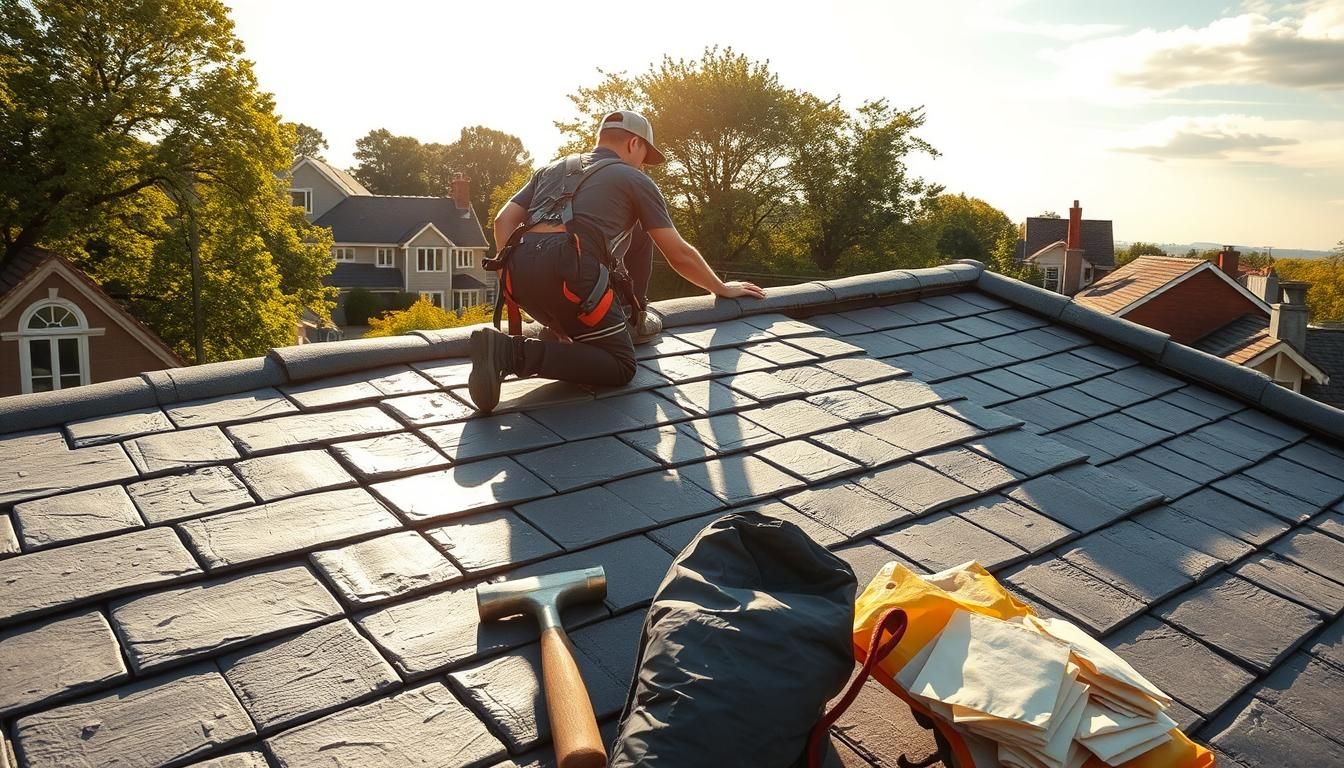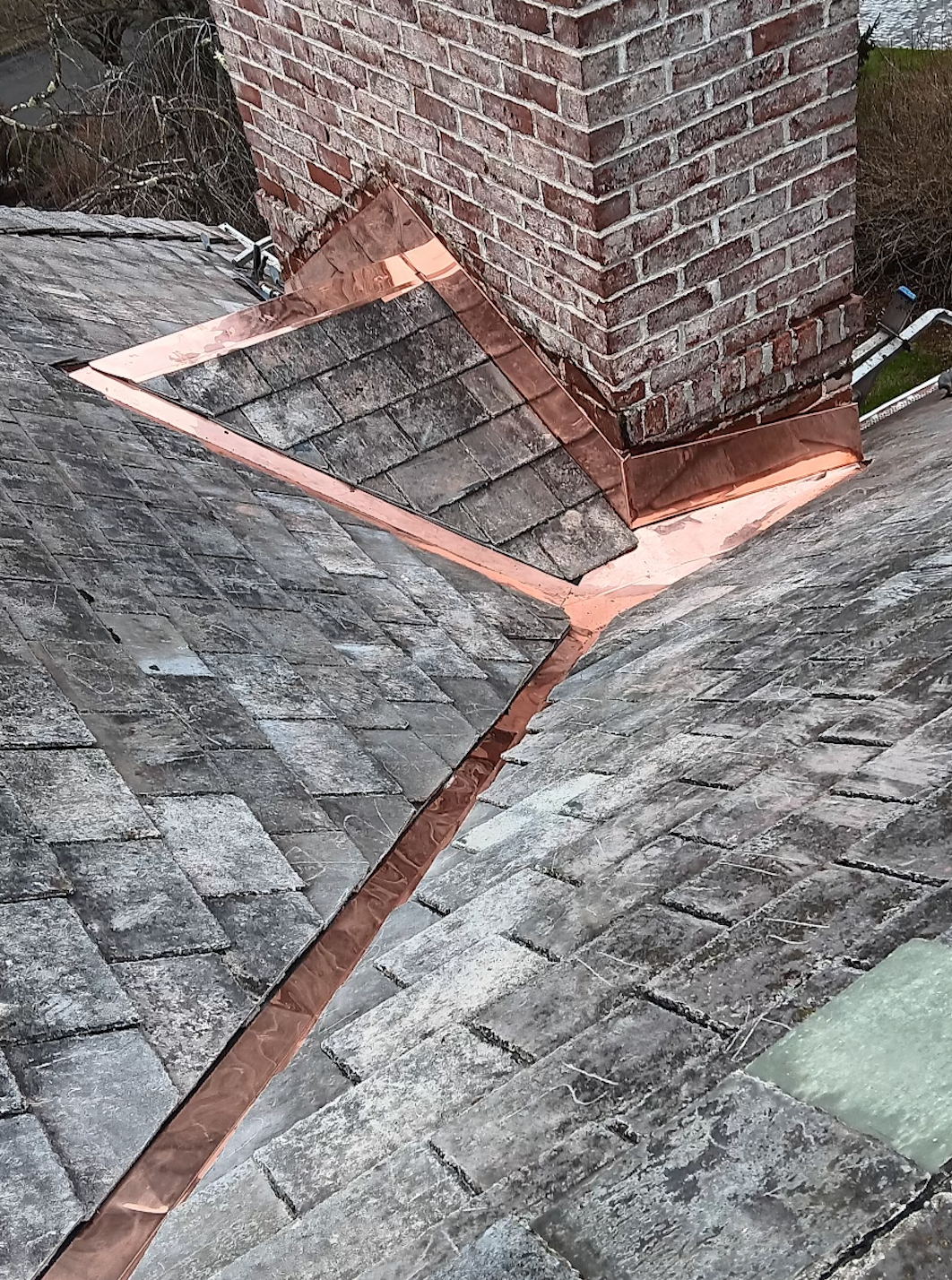The Role of Gutters in Protecting Your Slate Roof
Slate is a high-end choice for many homes because it looks great and lasts long when cared for. Well-designed channels guide runoff away from delicate edges so water does not pool at eaves or valleys. This steady flow preserves the material's integrity and cuts down on issues that shorten lifespan.
Regular maintenance and timely inspection make a big difference. The right system, sized for smooth, consistent flow, moves water off surfaces and away from siding, fascia, and walkways. That lowers the chance of leaks and long-term damage to the underlying structure.
Needleman Roofing, LLC brings over 26 years of roofing expertise to every
slate roof project. Call
908-389-0200 for friendly, professional guidance on selection, service intervals, and slate-specific care that keeps your home in top condition.
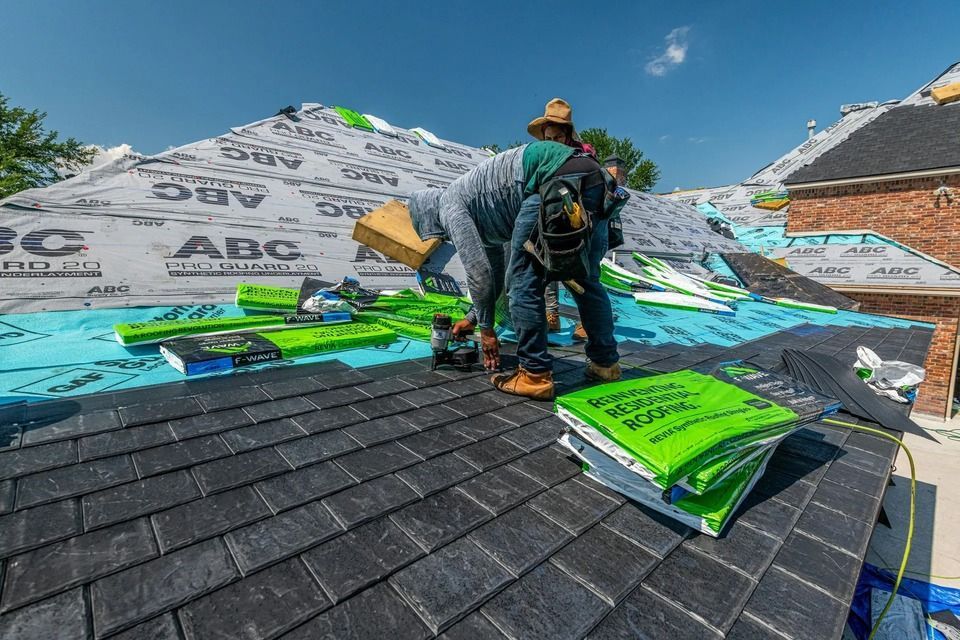
Key Takeaways
- Proper water flow prevents common slate issues and extends lifespan.
- Consistent maintenance and inspection catch problems early.
- Right sizing and smooth channels protect delicate edges.
- Expert help, like Needleman Roofing, LLC, ensures tailored care.
- Acting early reduces repair needs and preserves overall condition.
How Gutters Extend the Lifespan of Slate Roofs by Controlling Runoff and Preventing Leaks
Directing flow away from vulnerable edges and valleys prevents moisture buildup that causes hidden damage. Proper channels and downspouts move runoff off steep slopes so water does not linger at eaves or in valleys.
Continuous water control keeps edge areas dry and reduces saturation that leads to leaks and material wear. When flow is steady, the lifespan of slate and underlayment improves.
Built-in gutters on older homes are easy to miss. They can be used as step points, hold tools, or tie into old plumbing. Those habits raise the chance of hidden leaks and unexpected damage.
Vulnerable Spots and the Bigger Home Picture
Pay close attention to eaves, valleys, and built-in channels. Clogs or failures let moisture pool and let leaks spread to fascia, foundations, and walkways.
- Right capacity, slope, and downspout placement cut splashback and overflow.
- Balanced attic ventilation helps prevent underside deterioration while exterior flow is handled.
- Check outlets after heavy rain to confirm water leaves the area cleanly.
Needleman Roofing, LLC can help size and service a system to suit your home. For tailored advice call
908-389-0200.
Gutters Protecting Slate Roof: Best Practices Homeowners Can Follow Today
A short checklist each spring and fall can prevent small issues from turning into major damage. Start with basic maintenance and inspection to keep water moving away from edges and joints.
Gutter Vigilance Schedule
Set semi-annual cleaning and debris removal. Clear leaves so outlets and downspouts flow freely. Slow drainage or gurgling signals a partial clog that needs attention.
Safe Inspection on Slate
Do not walk slate. Use a long extension ladder with hooks over the peak when access is needed. If unsure, hire a qualified contractor with proper tools and fall protection.
Keep Water Moving & Tie-In Details
Confirm downspout placement and add extensions so discharge does not pool near the foundation. Inspect flashing at chimneys, vents, and valleys; small gaps can let leaks run beneath slates.
Prevent Ice Dams
Improve attic insulation and ventilation to limit melt-refreeze cycles at eaves and reduce ice dam risk.
| Task | Frequency | Who should do it |
|---|---|---|
| Debris removal & outlet check | Spring & Fall | Homeowner or contractor |
| Flashing and tie-in inspection | Annual or after storms | Qualified contractor |
| Ice dam prevention review | Before winter | Insulation/ventilation specialist |
Needleman Roofing, LLC offers seasonal programs that include cleaning, inspection, and safe access without stepping on slates. For a friendly, no-pressure consult and scheduling, call 908-389-0200.
Winter Readiness: Coordinating Gutters with Snow Guards to Protect Slates and Prevent Damage
Right-sized snow guards and unobstructed drainage work together to stop large snow sheets from releasing all at once. This controlled shedding reduces the chance of sudden loads that can crack slates or damage lower components at eaves.
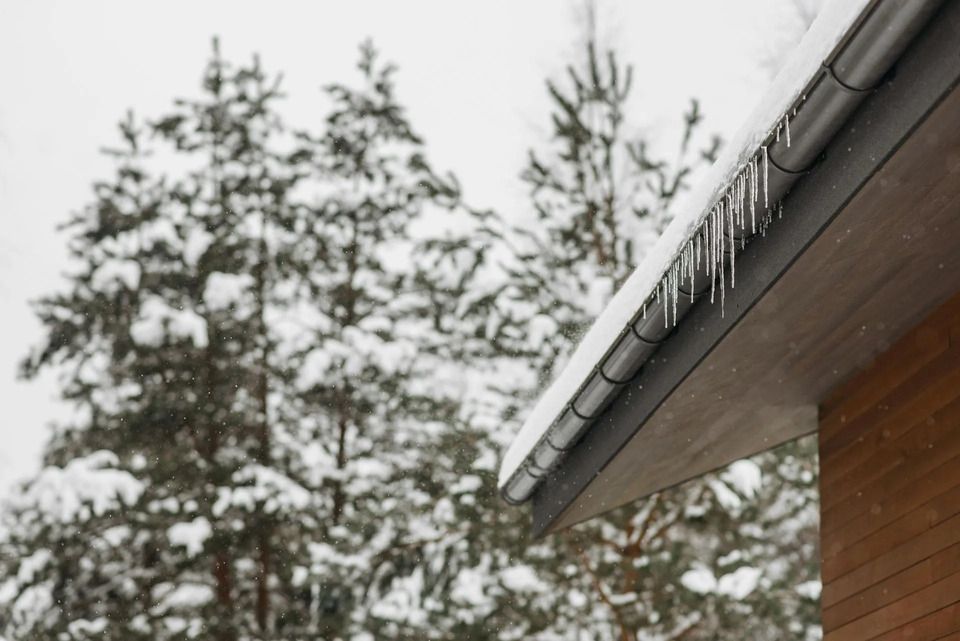
Choosing Snow Guards for Slate Roofs
Material choice matters. No. 100 assemblies come in galvanized, stainless, and copper and often slip under courses. The No. 95 Gothic series (aluminum or bronze) moves bigger loads and is suited to areas with heavy snow.
The No. 2 for Slate Roofs uses a malleable iron casting and a riveted steel bar that sits beneath slates between courses. That design spreads snow and ice forces so individual pieces avoid concentrated stress.
Installation Musts
Fasten guards to sheathing or framing. Never hook them over slates. Over-spaced units let snow roll and can cause damage when loads exceed capacity.
- Keep each gutter outlet clear in winter to limit ice buildup and guide meltwater away.
- Match guard spacing and materials to expected loads and local climate.
- On flat roof sections, “Shoe” styles fasten to panels; on designed slate roofs, replace a slate when bracket mounts are needed.
Needleman Roofing, LLC will review prior load damage, confirm spacing, and specify materials that complement your slates and gutters. Call 908-389-0200 to plan a winter-ready strategy that preserves integrity and condition.
Conclusion
Small, regular checks and quick fixes save time and prevent costly replacements later. A seasonal routine of inspection, light cleaning, and simple maintenance keeps slate and related roofing materials in good shape.
Use the right tools and safe ladder techniques. Avoid risky access; hire a qualified contractor for tasks that exceed DIY limits. Coordinate a proper snow guard layout with discharge extensions so snow and ice do not overload edges or cause moisture issues.
For friendly help tailored to your home, call Needleman Roofing, LLC. With over 26 years serving homeowners, we’ll schedule an inspection, advise on materials, and set a plan that preserves integrity over time. Call
908-389-0200.
FAQ
What role do gutters play in protecting a slate roof?
They channel rain and melting snow away from the eaves and edges, preventing water from soaking under shingles, rotting the deck, or saturating the attic. Proper water control also reduces splashback that can stain or erode mortar and siding near roofline.
How does controlling runoff extend the lifespan of slate assemblies?
By directing flow away from vulnerable joints and edges, well-maintained drainage prevents persistent moisture that causes leaks and freeze-thaw damage. Consistent runoff management preserves flashing, underlayment, and fasteners so the covering lasts longer.
Which areas are most vulnerable to water damage?
Eaves, valleys, and built-in channels receive concentrated flow and should be checked regularly. These spots collect debris and ice and often hide flashing or sealant that can fail, so they need more attention during inspections.
Can proper drainage protect other parts of my home?
Yes. Good drainage prevents overflow that can damage fascia, foundation walls, landscape beds, and walkways. It also limits moisture near window sills and exterior finishes, reducing mildew and wood rot risks.
What routine maintenance should homeowners perform?
Clean debris each season, check downspout flow, and remove blockages. Inspect for sagging, loose fasteners, and signs of corrosion. Small fixes and timely cleaning reduce pressure on the entire roofing system and drainage components.
Is it safe to walk on slate when inspecting for problems?
No. Avoid walking on these surfaces—stepping can crack tiles and loosen nails. Use ladders properly, inspect from edges, or hire a qualified contractor experienced with delicate roofing materials for close work.
How can I keep water moving away from eaves and under tiles?
Ensure downspouts discharge at least a few feet from the foundation, add extensions or splash blocks, and keep internal channels clear. Proper slope and secure fasteners help prevent backups that can lift tiles or lead to hidden leaks.
What should I check around chimneys, vents, and valleys?
Inspect flashing, sealants, and counterflashing for cracks or gaps. These tie-in details are common leak sources. Replace damaged flashing and reseal transitions to stop water from migrating under coverings.
How do I prevent ice dams that can harm slates and drainage parts?
Improve attic insulation and ventilation to keep the roof surface uniform in temperature. Reducing heat loss limits snowmelt that refreezes at eaves, which causes dams that back up water under tiles and into channels.
Should I use snow guards with a slate surface?
Snow guards help control large sheets of snow and ice sliding off at once, which can break tiles or damage exterior elements. Choose guards compatible with low-slope installations and the material of your roof deck.
What materials are best for snow guards on delicate roofing?
Stainless steel, bronze, copper, and galvanized options are common. Match the guard material to the building’s aesthetic and durability needs. Have a roofer fasten them to structural sheathing rather than hooking over tiles.
How should snow guards be installed to avoid damaging tiles?
Install guards with fasteners into the decking below, maintain spacing to distribute loads, and avoid placing hardware that bears directly on individual tiles. Professional installation minimizes risk of cracked tiles or improper load transfer.
How often should I have a contractor inspect my drainage and roof details?
Schedule a professional inspection at least once a year and after major storms or heavy snowfall. Contractors can spot early wear on flashings, seams, and channels that simple visual checks might miss.
What signs indicate immediate repair is needed?
Watch for persistent leaks, visible sagging or separation in channels, missing or broken tiles, and ice buildup at the eaves. Any of these warrant prompt attention to prevent more extensive damage.
